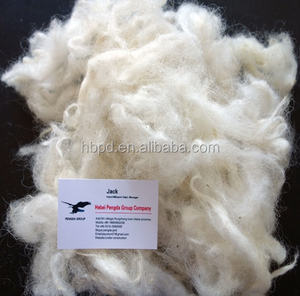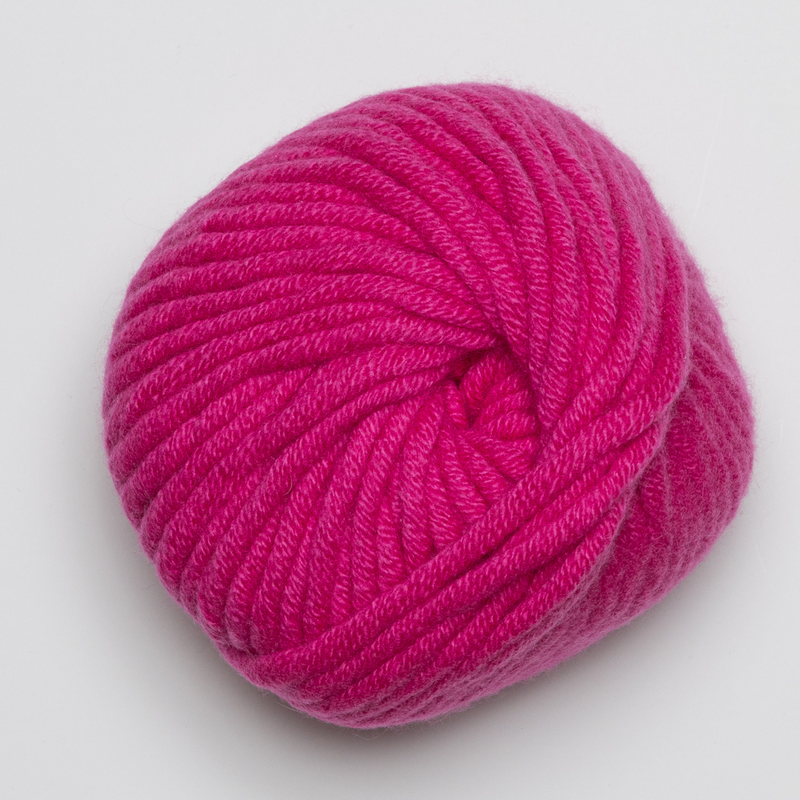The Intriguing Process Behind Producing cashmere Fibre and Its Benefits
The Intriguing Process Behind Producing cashmere Fibre and Its Benefits
Blog Article
Factors You Should Require Cashmere a Natural Fiber for Comfort and Style in Everyday Use
In the world of fabrics, couple of fibers rival the luxury and comfort of cashmere. How can one best use cashmere to raise their style? These appealing inquiries lay the structure for an informing expedition into the world of cashmere. cashmere fibre.
Comprehending the Luxurious Nature of Cashmere

Assessing the Convenience Variable of Cashmere Apparel
Cashmere's unique fiber structure enables for breathability, managing temperature level and avoiding getting too hot. Cashmere's hypoallergenic residential or commercial properties likewise add to its convenience, making it an optimal selection for delicate skin. In essence, the comfort of cashmere is derived from its gentleness, breathability, longevity, hypoallergenic nature, and versatility.

The Environmental Effect and Sustainability of Cashmere
While the convenience and style of cashmere are unquestionably attractive, it's similarly crucial to consider its partnership with the setting. Cashmere manufacturing, largely in Mongolia and China, entails elevating cashmere goats, which can dramatically stress breakable meadow ecosystems as a result of overgrazing. This can bring about desertification, a pushing ecological worry. Additionally, the handling of cashmere, including washing and dyeing, can likewise add to water pollution if not correctly managed. Initiatives are being made to establish sustainable cashmere production methods, such as rotational grazing and cleaner handling methods. While go now cashmere has ecological impacts, its sustainability greatly depends on production practices.
Comparing Cashmere to Artificial Fibers: A Cost-Benefit Analysis
In spite of its environmental difficulties, cashmere offers a special set of benefits over synthetic fibers. On the expense side, cashmere is undoubtedly more costly due to its labor-intensive manufacturing process. Yet, the advantages make it worth the investment. Cashmere's natural fibers use exceptional gentleness and heat, translating right into comfort that Get the facts artificial fibers have a hard time to match. Cashmere pieces are extremely sturdy, encouraging longevity that offsets preliminary expenses over time. Unlike synthetic fibers, cashmere doesn't add to microplastic air pollution, making it an extra lasting selection. In contrast, synthetic fibers, while less costly upfront, offer less comfort, have shorter lifespans and position environmental issues. Therefore, when examining cost-benefit, cashmere's premium top my blog qualities make it a rewarding financial investment for everyday wear.
Styling Tips With Cashmere for Everyday Beauty
Having taken into consideration the cost-benefit analysis of cashmere contrasted to artificial fibers, it becomes clear why this lavish material is a preferred choice for lots of. When styling cashmere for everyday beauty, simpleness is key. Inevitably, the fundamental sophistication of cashmere makes it a versatile addition to any kind of wardrobe, easily boosting day-to-day outfits with a touch of luxury.

Verdict
In enhancement, cashmere's sustainability and lower environmental influence compared to artificial fibers further boost its charm. Spending in cashmere garments is a beneficial decision for comfort, sustainability, and design.

Report this page